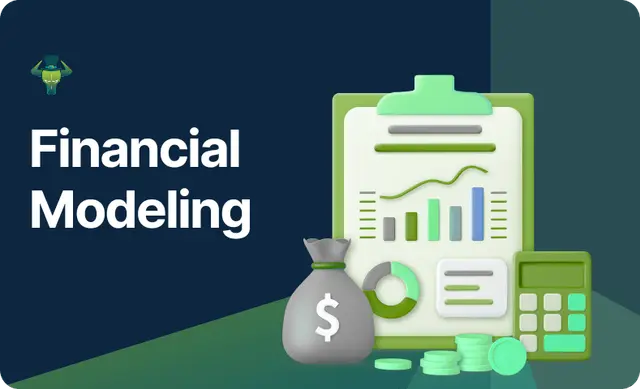
The Financial Modelling and Analysis Certified Course is designed to equip participants with essential skills in building dynamic financial models and performing in-depth financial analysis for business decision-making. This course integrates practical applications of Excel with fundamental financial principles, enabling learners to evaluate company performance, forecast financial outcomes, conduct valuations, and support strategic planning.
Key Features of Course Divine:
Career Opportunities After Financial Modelling Analysis:
Essential Skills you will Develop Financial Modelling Analysis:
Tools Covered:
Syllabus:
Module 1: Introduction to Financial Modelling What is financial modeling? Importance in business decision-making Types and applications Overview of modeling tools (Excel, Google Sheets.
Module 2: Excel for Financial Modeling Advanced Excel functions (VLOOKUP, INDEX-MATCH, IF, etc.) Data validation and formatting Scenario & sensitivity analysis tools Dynamic dashboards.
Module 3: Financial Statement Analysis Income Statement, Balance Sheet, Cash Flow Vertical & horizontal analysis Ratio analysis Linking the three financial statements.
Module 4: Forecasting Techniques Revenue & cost forecasting Trend analysis
Seasonality & regression methods Top-down vs bottom-up forecasting.
Module 5: Building a Financial Model (Step-by-step) Assumptions & drivers Inputs, calculations, outputs Building revenue and cost models Integrating projections.
Module 6: Valuation Modeling DCF (Discounted Cash Flow) modeling Comparable Company Analysis (Comps) Precedent Transactions Sensitivity analysis for valuation.
Module 7: Budgeting & Scenario Planning Budgeting models Best case, base case, worst case Scenario planning using Excel Stress testing models.
Module 8: Project Finance Modelling Infrastructure/project-specific modeling Funding structure and schedules IRR and NPV calculations Risk and mitigation modeling.
Module 9: M&A and LBO Models Introduction to merger modeling Synergies, accretion/dilution analysis Leveraged buyout (LBO) structure Debt schedule modeling.
Module 10: Final Capstone Project Build a complete financial model for a company
Peer review & expert feedback Model presentation and certification test.
Industry Projects:
How To Apply:
Mobile: 9100348679
Email: coursedivine@gmail.com

You cannot copy content of this page